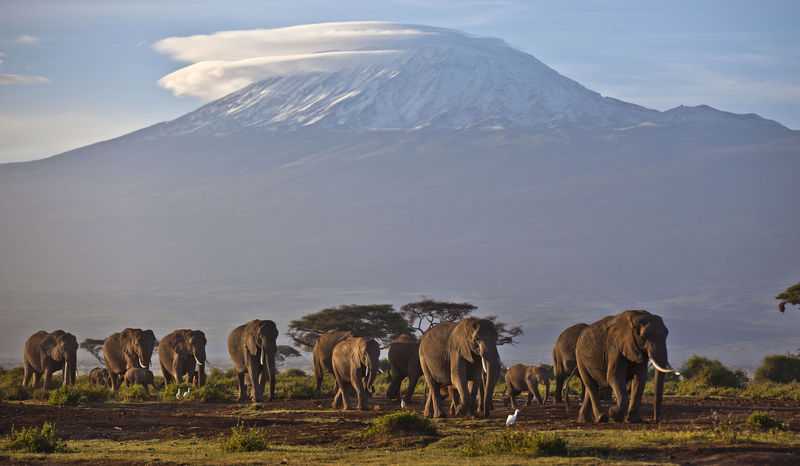Ivory trade at forefront of CITES meeting
19 August, 2019

From guitars to traditional medicines and from tusk to tail, mankind’s exploitation of the planet’s fauna and flora is putting some of them at risk of extinction. Representatives of some 180 nations are meeting in Geneva to agree on protections for vulnerable species, taking up issues including the trade in ivory and the demand for shark fin soup.
The World Wildlife Conference on trade in endangered species, known as CITES, which takes place every three years, aims to make sure that global trade in specimens of wild animals and plants doesn’t jeopardize their survival.
The conference opens Saturday and runs through Aug. 28, with key decisions expected to be finalized in the last two days. It had originally been due to take place in Colombo in May and June, but was moved to Geneva after a series of terror attacks in the Sri Lankan capital.
Three months ago, the first comprehensive U.N. report on biodiversity warned that extinction is looming for over 1 million species of plants and animals. There are growing concerns that policymakers aren’t acting quickly enough to stop it.
“Business as usual is no longer an option ... The rate of wildlife extinction is accelerating,” said CITES Secretary General Ivonne Higuero in her opening remarks to the conference.
“The assessment confirms that nature’s dangerous decline is unprecedented,” Higuero said.
Africa is facing an internal debate about elephants and ivory.
Zambia — which argues its population of wild African elephants is large and stable, at about 27,000 — wants to “downlist” that population to allow for ivory stockpile sales and exports of hunting trophies, hides and leathers. A few other countries in southern Africa want another rule on elephants eased. But 10 other countries — all but one African — want total protection for elephants from any international ivory trade.
Israel is even proposing tougher regulations on the legal trade of mammoth ivory, hoping to undercut illegal traffickers of elephant tusk who sneakily try to pass it off as “ice ivory” — ivory that comes from mammoth tusks.
Elephant and mammoth tusks can be almost indistinguishable to the untrained eye, and the mammoth ivory trade has become a booming business. Conference attendees will have to determine whether products from a long-extinct species can or should be covered by CITES.
Advocacy group Avaaz says one key question is whether Japan, home to the world’s largest legal ivory market, will join other countries committed to closing their ivory trade.
“Japan’s ivory market is fueling the international illegal ivory trade,” Avaaz campaigner Andy Legon said in an e-mail. “And with elephants facing extinction, China, the U.S., Hong Kong SAR, Singapore and others have recently committed to closing their ivory markets.”
Go Tsurumi, chairman of the Japan Federation of Ivory Arts and Crafts Association, insisted some people who live alongside elephants in Africa would be “very disappointed” if domestic demand for ivory is cut off in places like Japan.
“The many people who work in the ivory business will no longer be able to continue with their work in that business — and that is a serious problem,” he said.
Also on the agenda are sharks. Some researchers say commercial demand for shark fins — largely driven by the Chinese appetite for shark fin soup — is decimating populations.
Source:
TAG(s):
